Hazard and Precautionary Statements
The Global Harmonized System (GHS) for the EU
Classification and Labelling according to Regulation (EG) No. 1272/2008 (CLP-VO)
Please observe the application instructions and safety data sheets for products with hazard labels.
Source: www.baua.de
Dangers, additional hazards and marking elements, coding and wording.
H200 Codes: Physical hazards
H200 Unstable explosive.
H201 Explosive; mass explosion hazard.
H202 Explosive; severe projection hazard
H203 Explosive; fire, blast or projection hazard.
H204 Fire or projection hazard.
H205 May mass explode in fire.
H220 Extremely flammable gas.
H221 Flammable gas.
H222 Extremely flammable aerosol.
H223 Flammable aerosol.
H224 Extremely flammable liquid and vapour.
H225 Highly flammable liquid and vapour.
H226 Flammable liquid and vapour.
H228 Flammable solid.
H229 Pressurised container: May burst if heated.
H240 Heating may cause an explosion.
H241 Heating may cause a fire or explosion.
H242 Heating may cause a fire.
H250 Catches fire spontaneously if exposed to air.
H251 Self-heating; may catch fire.
H252 Self-heating in large quantities; may catch fire.
H260 In contact with water releases flammable gases which may ignite spontaneously.
H261 In contact with water releases flammable gas.
H270 May cause or intensify fire; oxidizer.
H271 May cause fire or explosion; strong oxidizer.
H272 May intensify fire; oxidizer.
H280 Contains gas under pressure; may explode if heated.
H281 Contains refrigerated gas; may cause cryogenic burns or injury.
H290 May be corrosive to metals.
H300 Codes: Health hazards
H300 Fatal if swallowed.
H301 Toxic if swallowed.
H302 Harmful if swallowed.
H304 May be fatal if swallowed and enters airways.
H310 Fatal in contact with skin.
H311 Toxic in contact with skin.
H312 Harmful in contact with skin.
H314 Causes severe skin burns and eye damage.
H315 Causes skin irritation.
H317 May cause an allergic skin reaction.
H318 Causes serious eye damage.
H319 Causes serious eye irritation.
H330 Fatal if inhaled.
H331 Toxic if inhaled.
H332 Harmful if inhaled.
H334 May cause allergy or asthma symptoms or breathing difficulties if inhaled.
H335 May cause respiratory irritation.
H336 May cause drowsiness or dizziness.
H340 May cause genetic defects.
H341 Suspected of causing genetic defects.
H350 May cause cancer.
H350i May cause cancer by inhalation.
H351 Suspected of causing cancer.
H360 May damage fertility or the unborn child.
H360F May damage fertility.
H360D May damage the unborn child
H360FD May damage the unborn child. Suspected of damaging fertility.
H360Fd May damage the unborn child. Suspected of damaging fertility.
H360Df May damage the unborn child. Suspected of damaging fertility.
H361 Suspected of damaging fertility or the unborn child.
H361f Suspected of damaging fertility.
H361d Suspected of damaging the unborn child.
H361fd Suspected of damaging fertility. Suspected of damaging the unborn child.
H362 May cause harm to breastfed children
H370 Causes damage to organs.
H371 May cause damage to organs.
H372 Causes damage to organs through prolonged or repeated exposure.
H373 May cause damage to organs through prolonged or repeated exposure.
H400 Codes: Environmental hazards
H400 Very toxic to aquatic life.
H410 Very toxic to aquatic life with long-lasting effects.
H411 Toxic to aquatic life with long-lasting effects.
H412 Harmful to aquatic life with long-lasting effects.
H413 May cause long-lasting harmful effects to aquatic life.
Physical properties
EUH001 Explosive when dry.
EUH014 Reacts violently with water.
EUH018 In use may form flammable/explosive vapour-air mixture.
EUH019 May form explosive peroxides.
EUH044 Risk of explosion if heated under confinement.
Health properties
EUH029 Contact with water liberates toxic gas.
EUH031 Contact with acids liberates toxic gas.
EUH032 Contact with acids liberates very toxic gas.
EUH066 Repeated exposure may cause skin dryness or cracking.
EUH070 Toxic by eye contact.
EUH071 Corrosive to the respiratory tract.
Other EU hazard statements
EUH201 Contains lead. Should not be used on surfaces liable to be chewed or sucked by children.
EUH201A Warning! Contains lead.
EUH202 Cyanoacrylate. Danger. Bonds skin and eyes in seconds. Keep out of the reach of children.
EUH203 Contains chromium(VI). May produce an allergic reaction.
EUH204 Contains isocyanates. May produce an allergic reaction.
EUH205 Contains epoxy constituents. May produce an allergic reaction.
EUH206 Warning! Do not use together with other products. May release dangerous gases (chlorine).
EUH207 Warning! Contains cadmium. Dangerous fumes are formed during use. See information supplied by the manufacturer. Comply with the safety instructions.
EUH208 Contains <name of sensitising substance>.May produce an allergic reaction.
EUH209 Can become highly flammable in use.
EUH209A Can become flammable in use.
EUH210 Safety data sheet available on request.
EUH211 Warning! Hazardous respirable droplets may be formed when sprayed. Do not breathe spray or mist.
EUH212 Warning! Hazardous respirable dust may be formed when used. Do not breathe dust.
EUH401 To avoid risks to human health and the environment, comply with the instructions for use.
Signal words
Danger!
Signal word for the serious hazard categories
Warning!
Signal word for the less serious hazard categories
Important!
Please observe the application instructions and safety data sheets for products with hazard labels.
GHS01
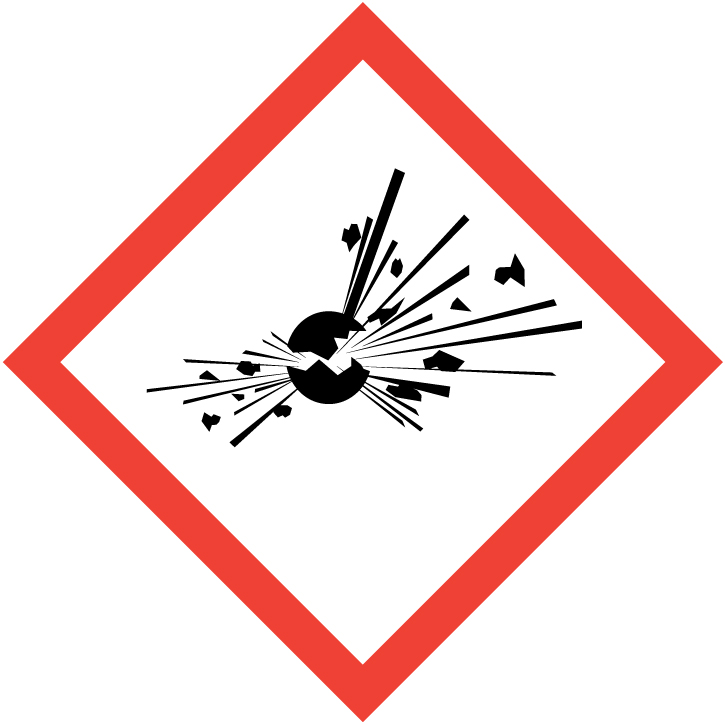

explosive
GHS06
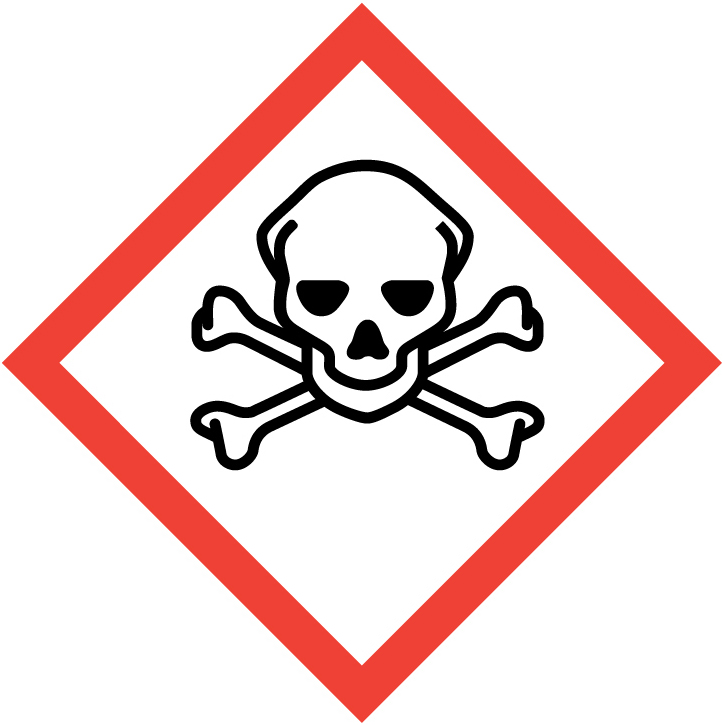

acute toxicity
GHS02
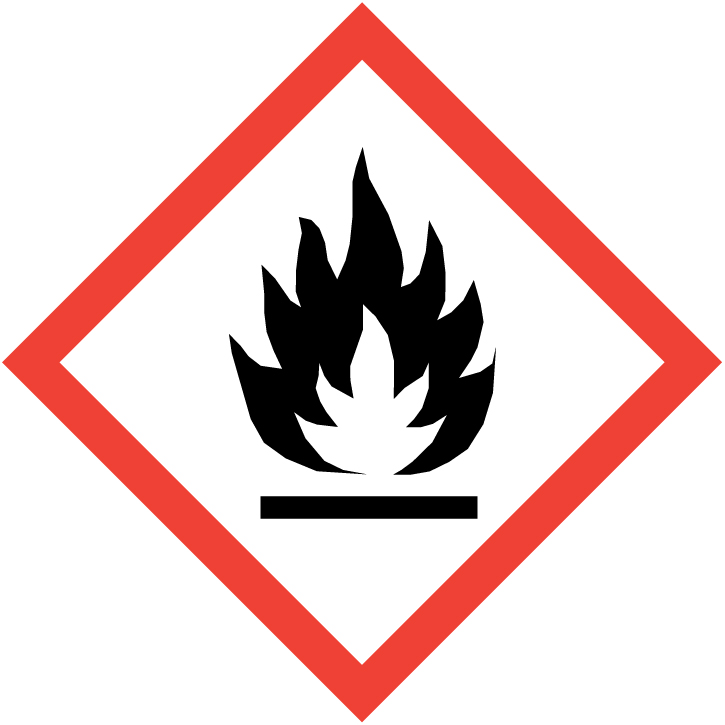

flammable
GHS07
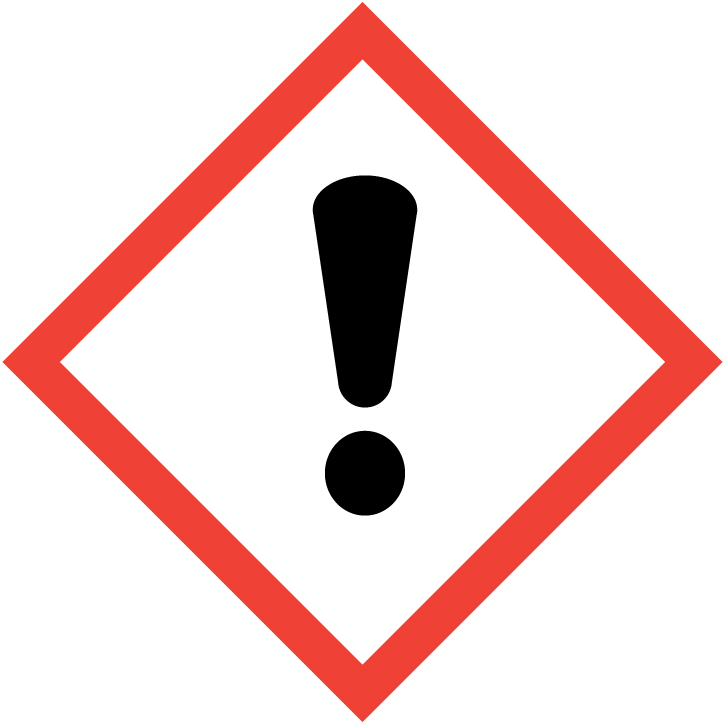

irritant
GHS03
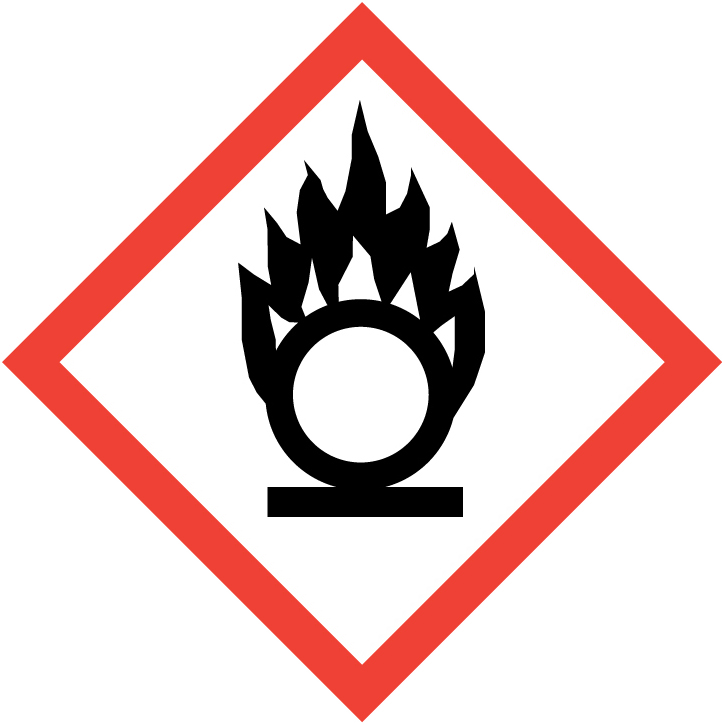

oxidising
GHS08
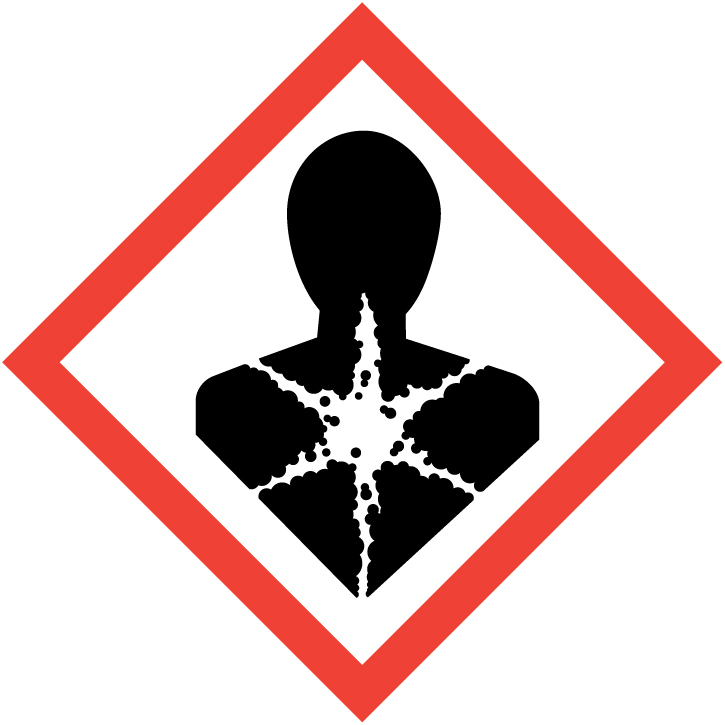

health hazard
GHS04
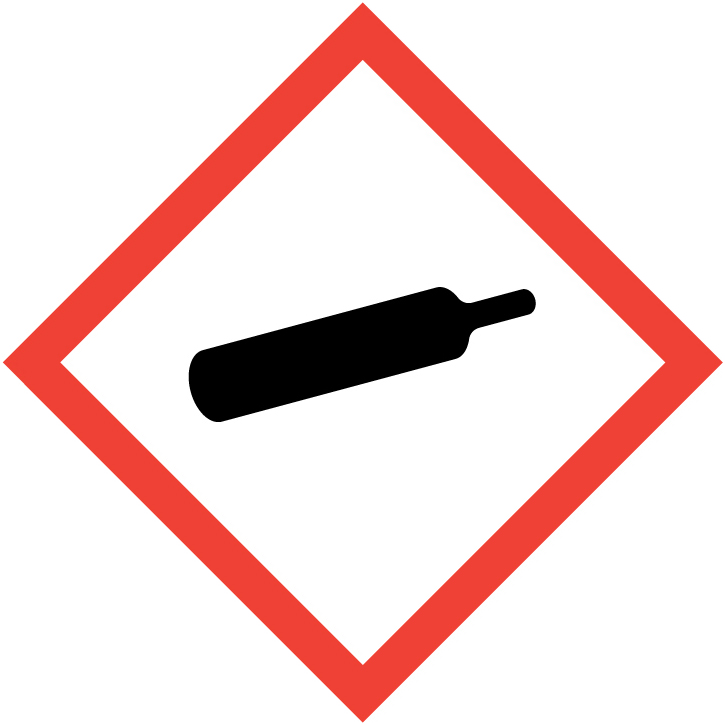

compressed gas
GHS09
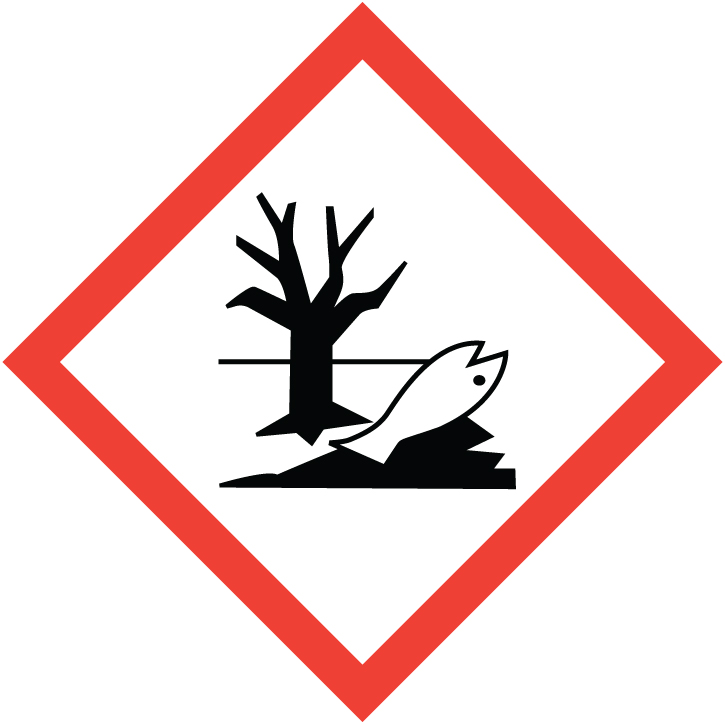

environmental hazard
GHS05
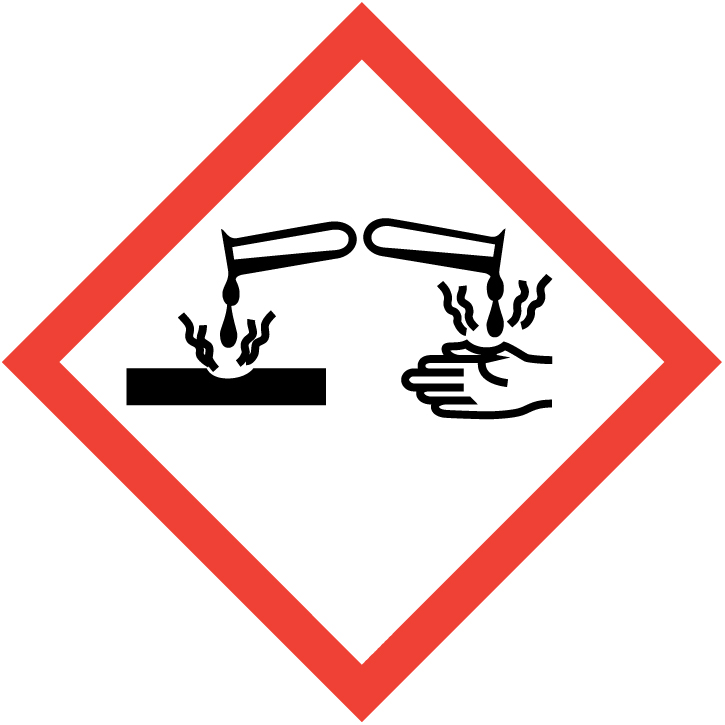

corrosive
Batteries must be disposed of properly!
The Battery Act (BattG) regulates the placing on the market, the return and the environmentally sound disposal of batteries and rechargeable batteries.
Consumers need to be aware of the following:
Batteries/rechargeable batteries must not be disposed of with residual waste. Therefore, consumers are legally obliged to return used batteries/rechargeable batteries. Improper disposal can damage the environment and people’s health. Important raw materials such as iron, zinc, manganese, cobalt,
nickel, graphite, copper, aluminium and lithium are used in batteries/rechargeable batteries and can be recovered if the batteries are disposed of
properly.
Used batteries/rechargeable batteries must be handed in at recycling centres or collection points of the GRS (Stiftung Gemeinsames Rücknahmesystem Batterien – Foundation for a Joint Battery Return System).
According to the BattG, all types of batteries/rechargeable batteries are affected, regardless of shape, size, mass, material composition or use. The law therefore also applies to installed and enclosed batteries.
An overview of all precautionary and hazard statements as well as labelling elements can be found on the website of the Federal Institute for Occupational Safety and Health (Bundesanstalt für Arbeitsschutz und Arbeitsmedizin): www.baua.de/EN/Home/Home_node.html
